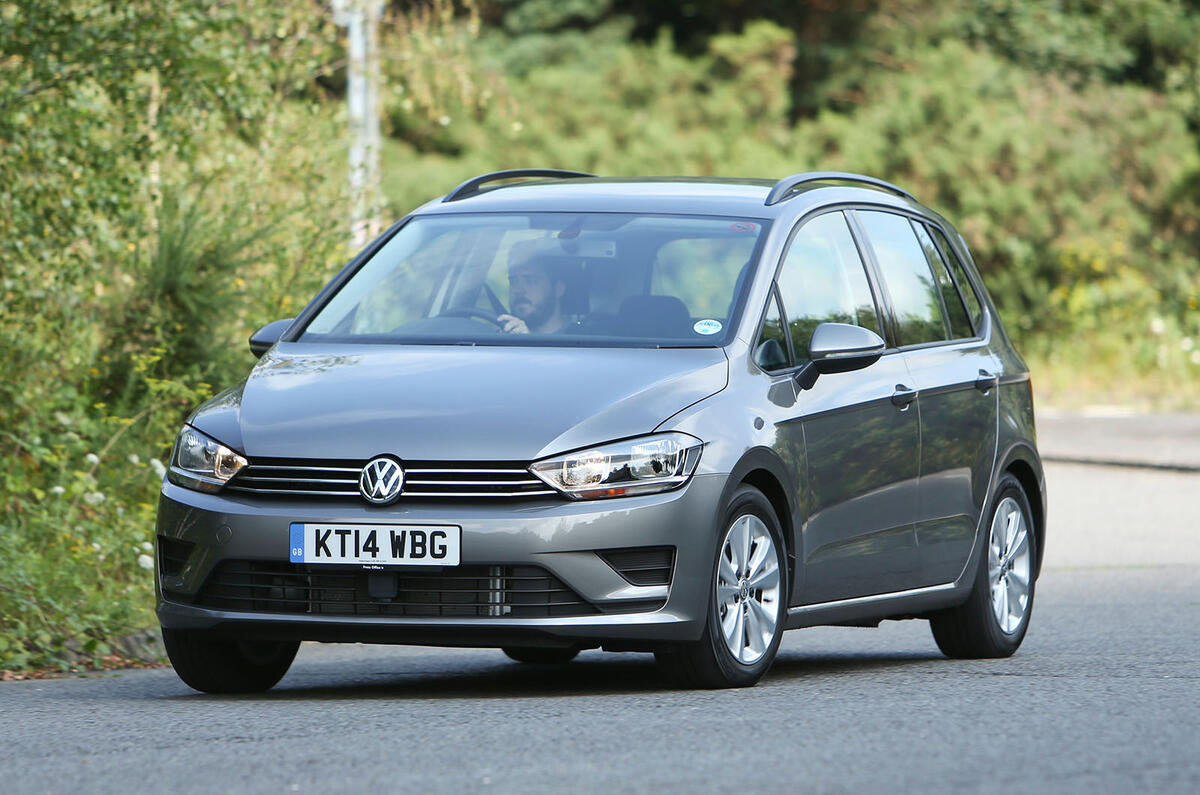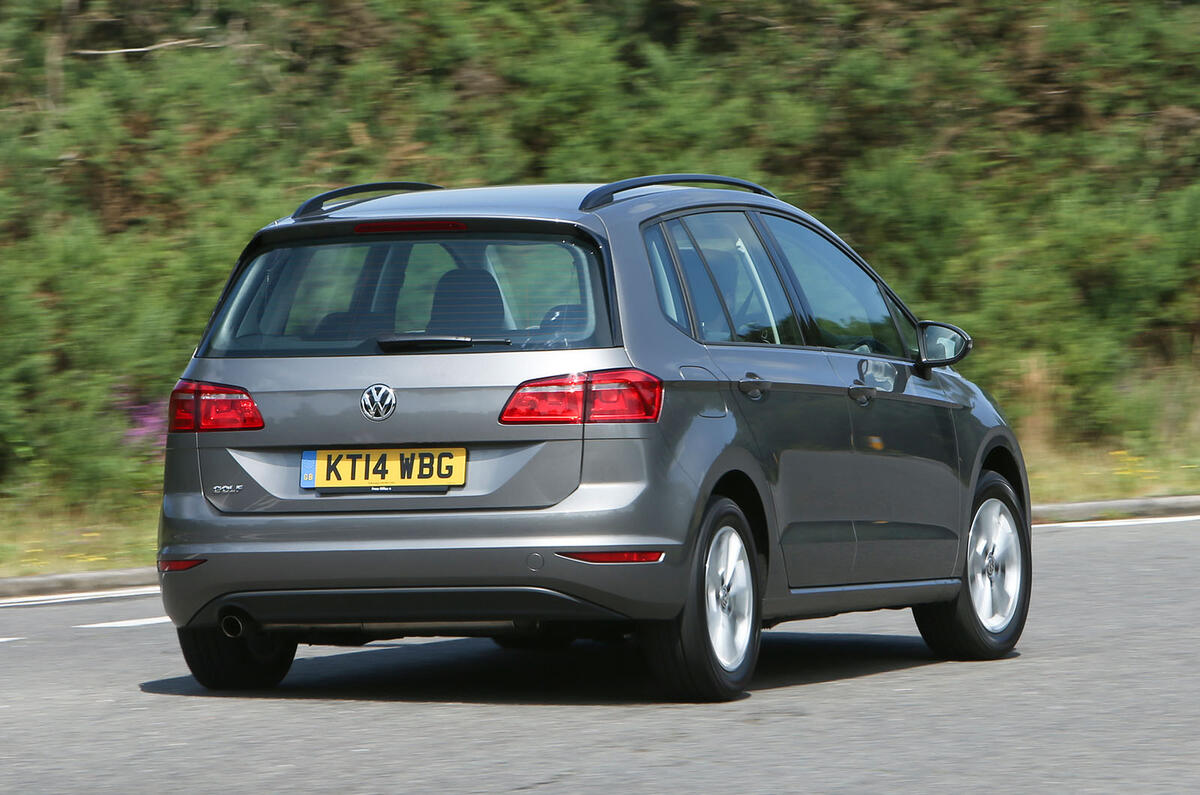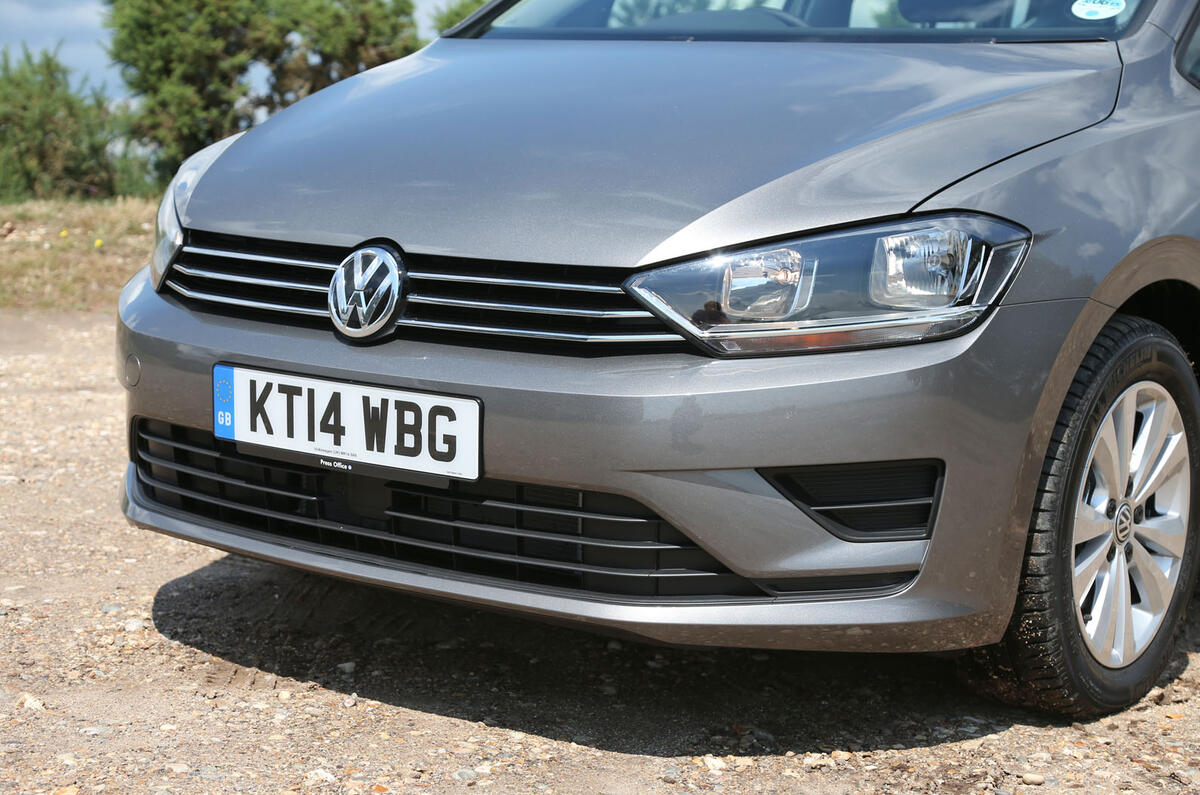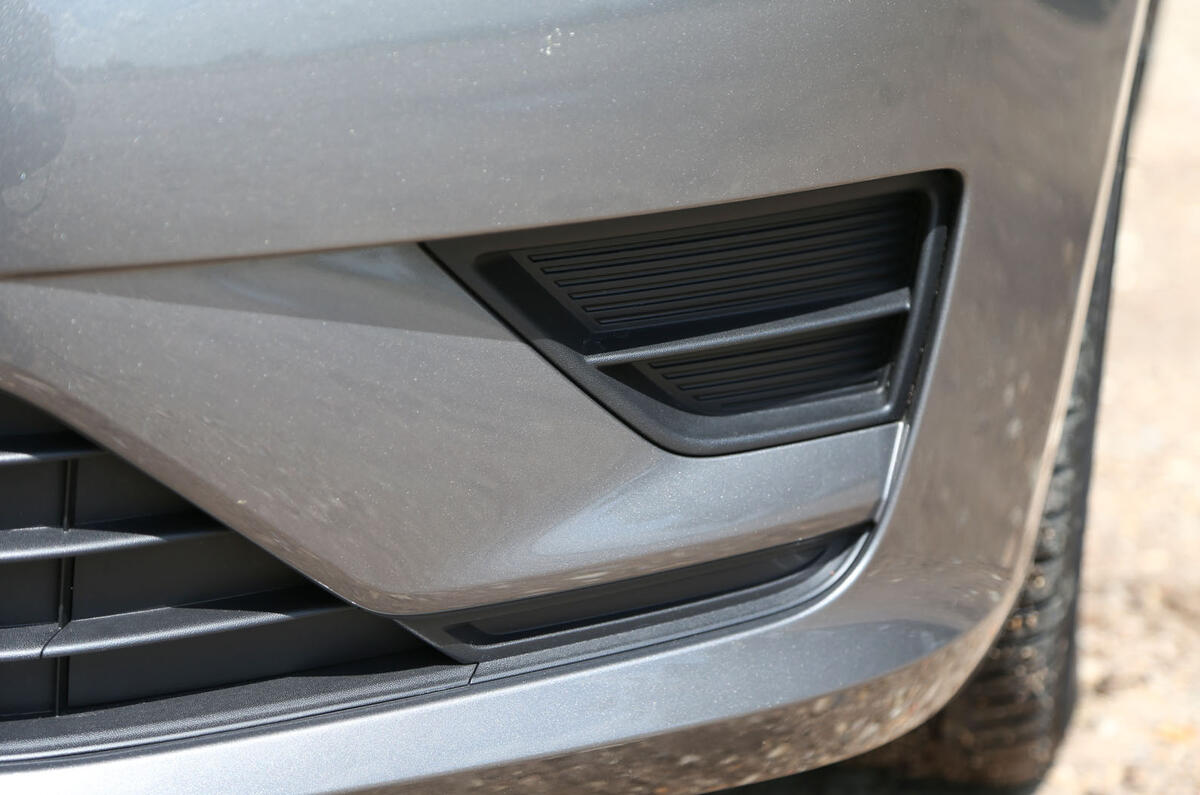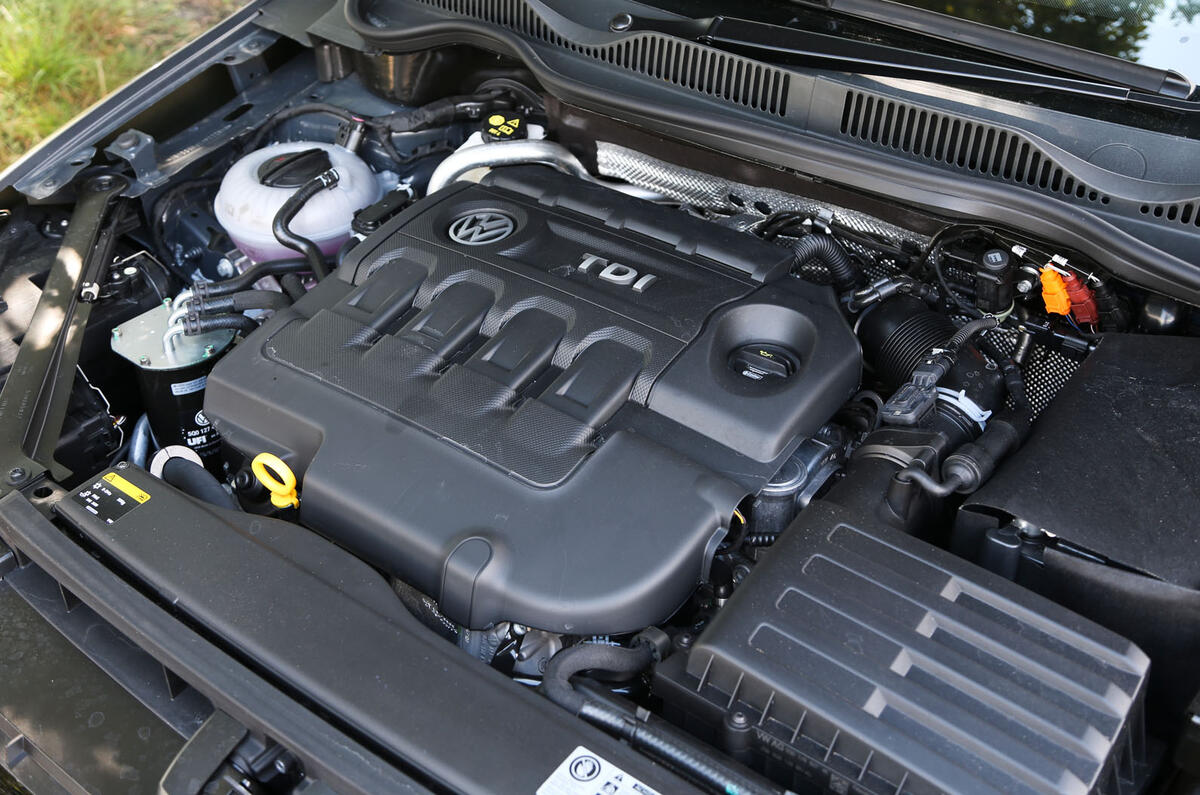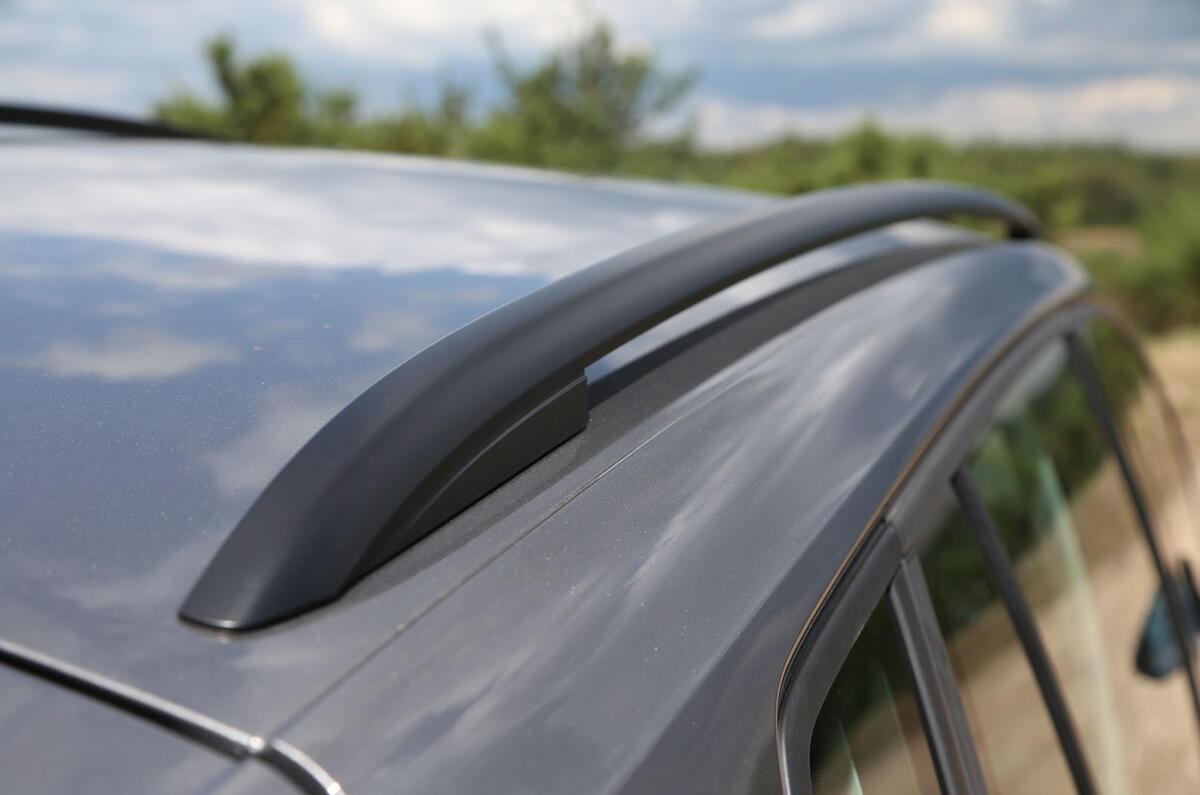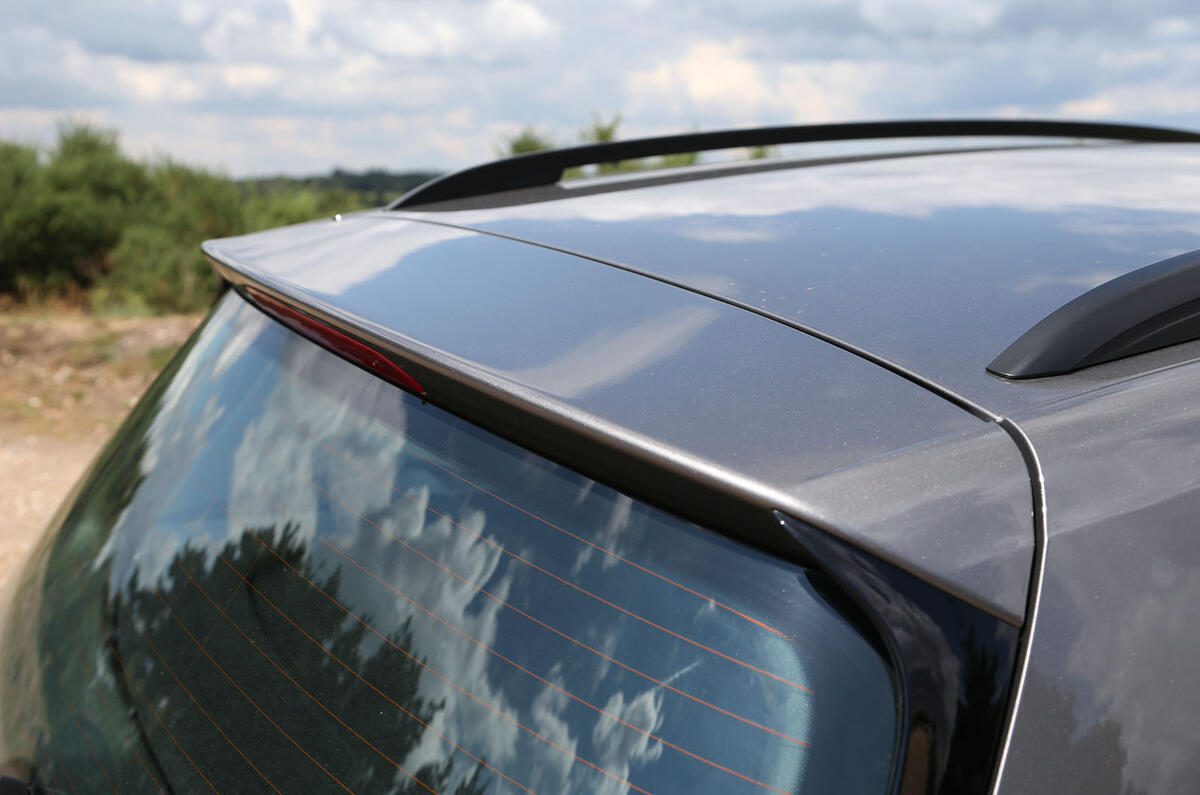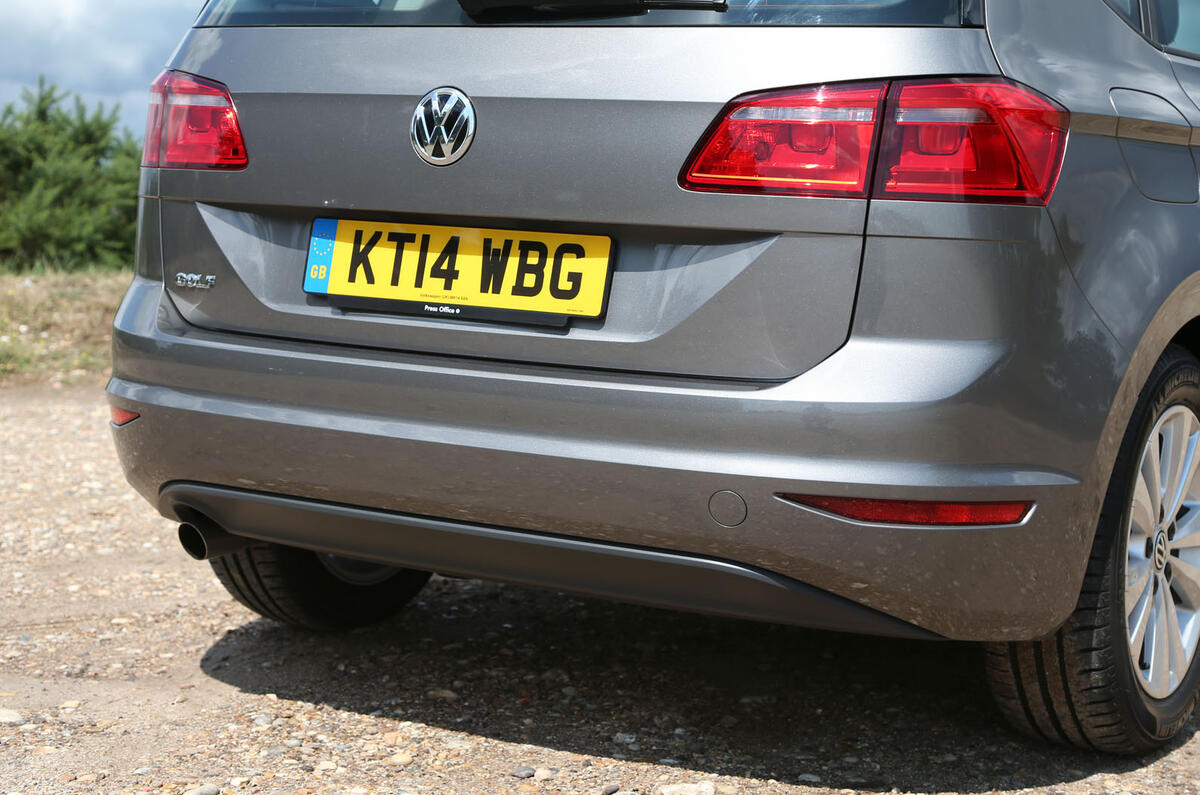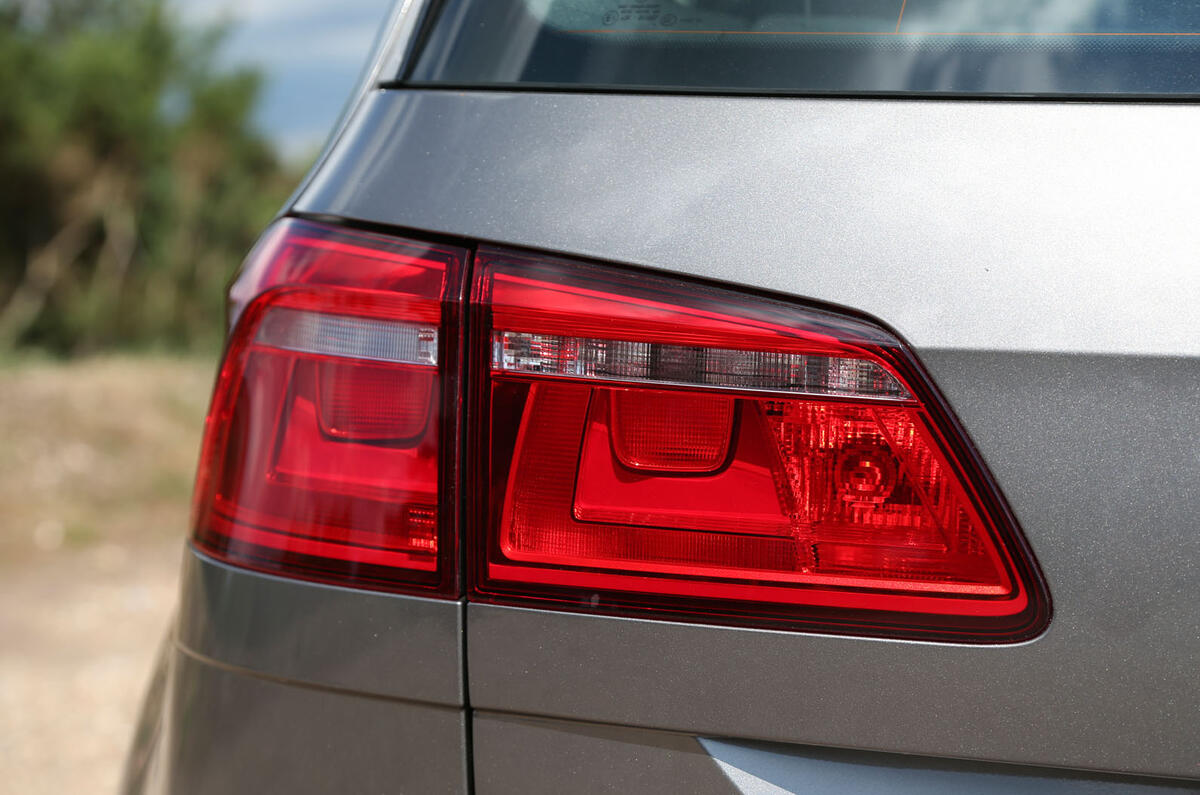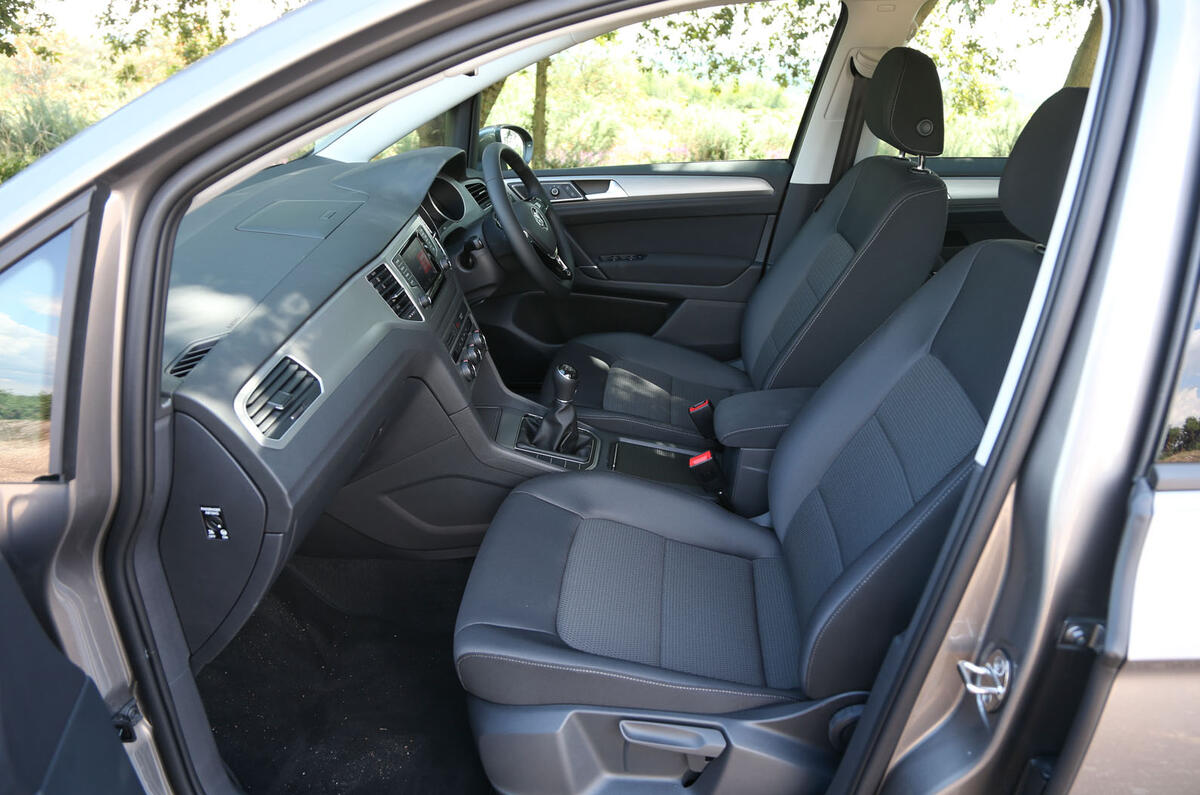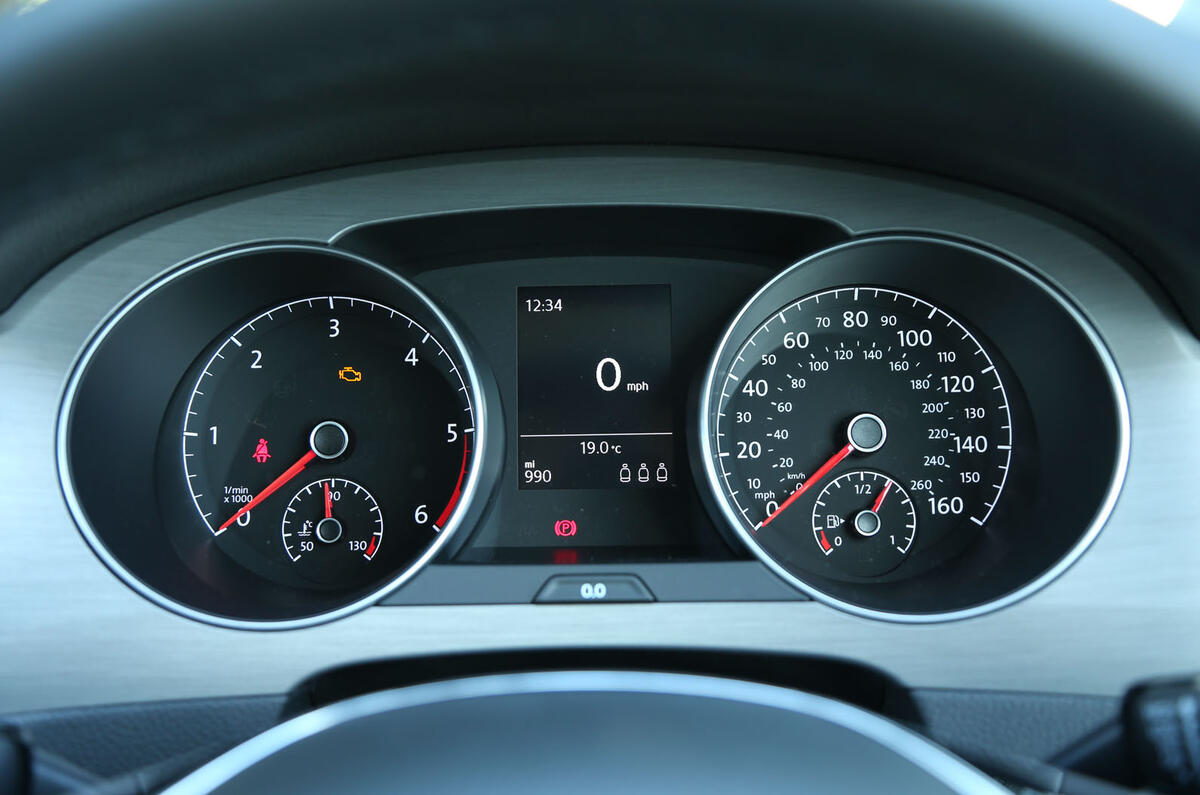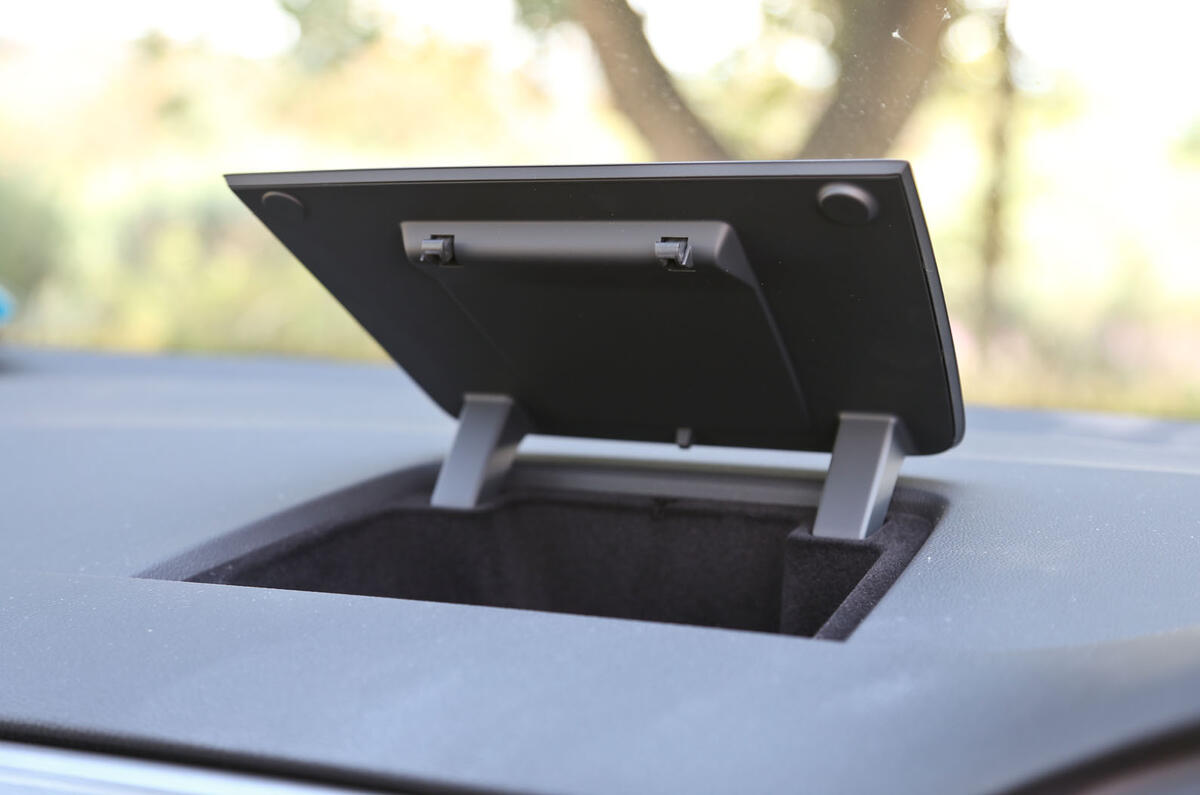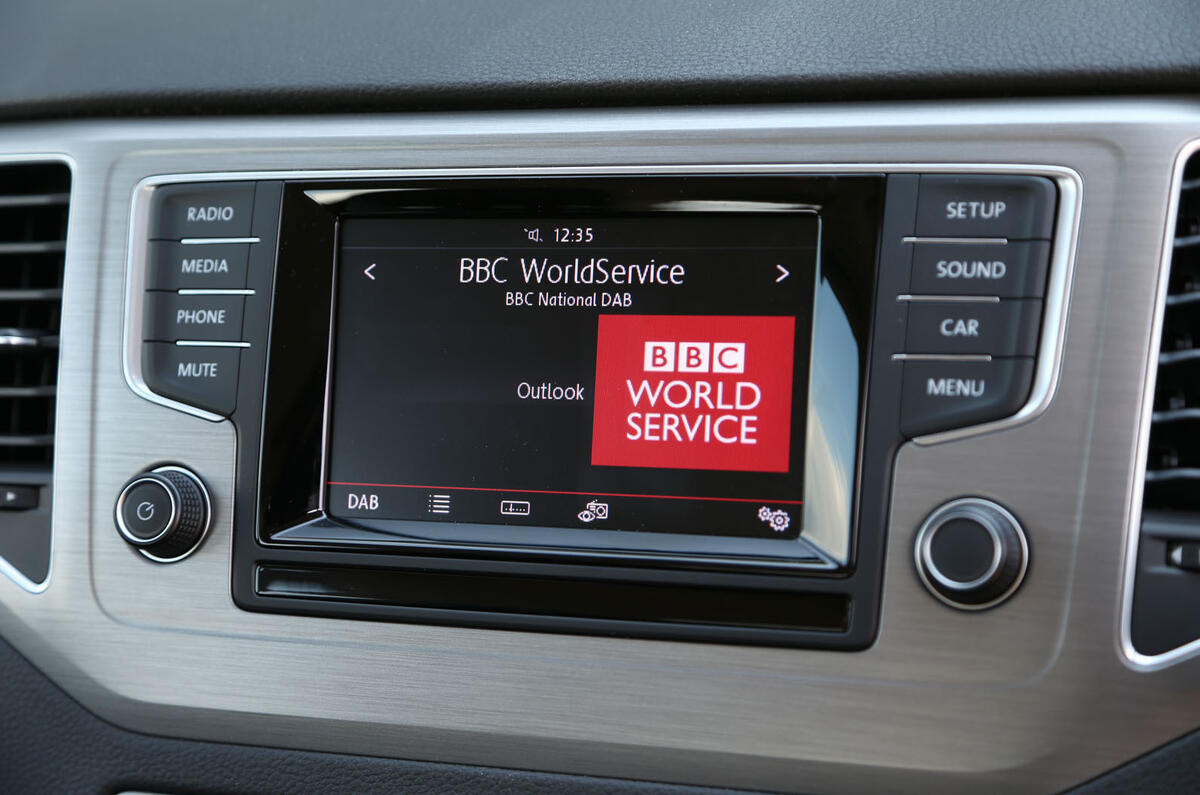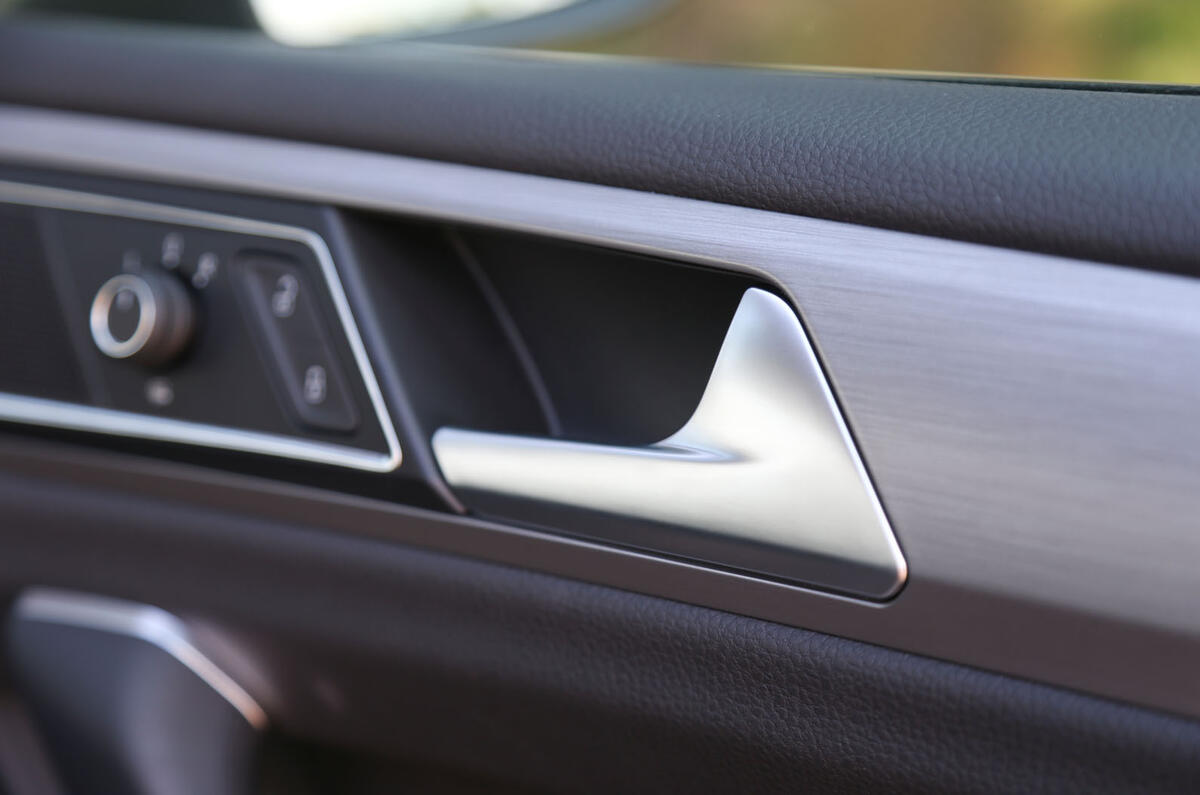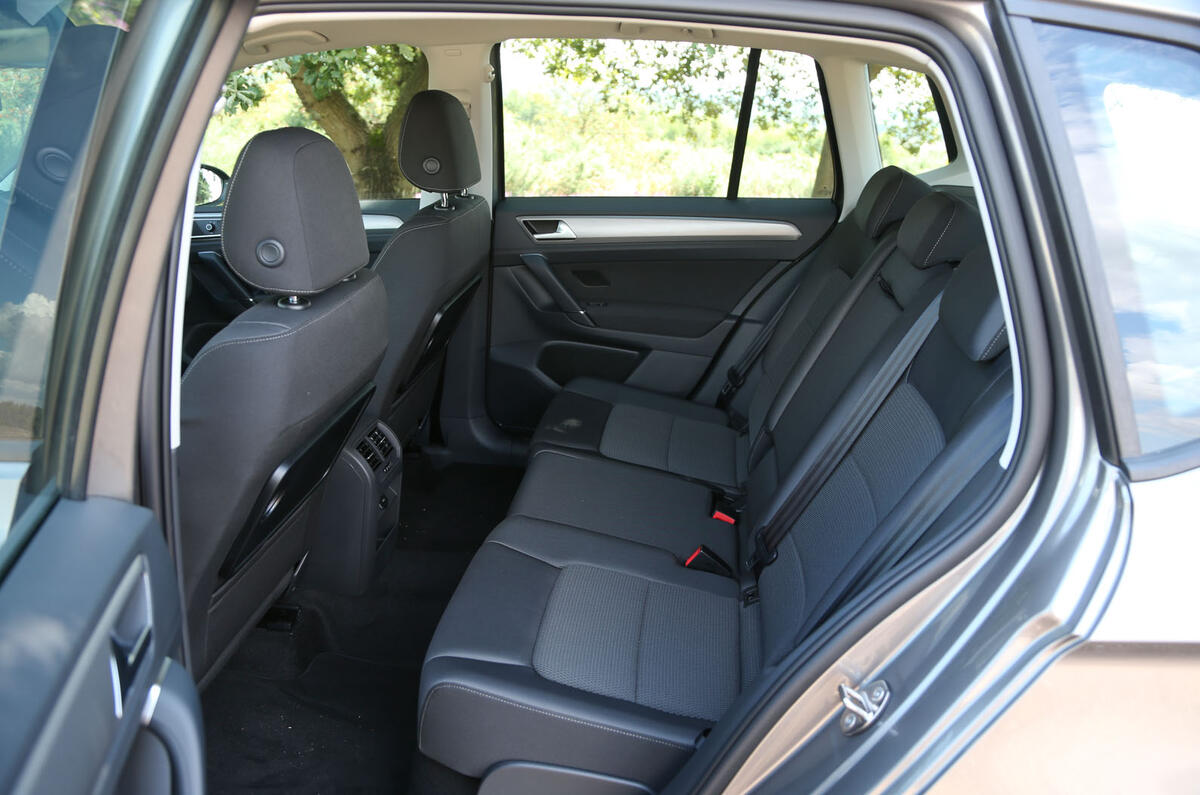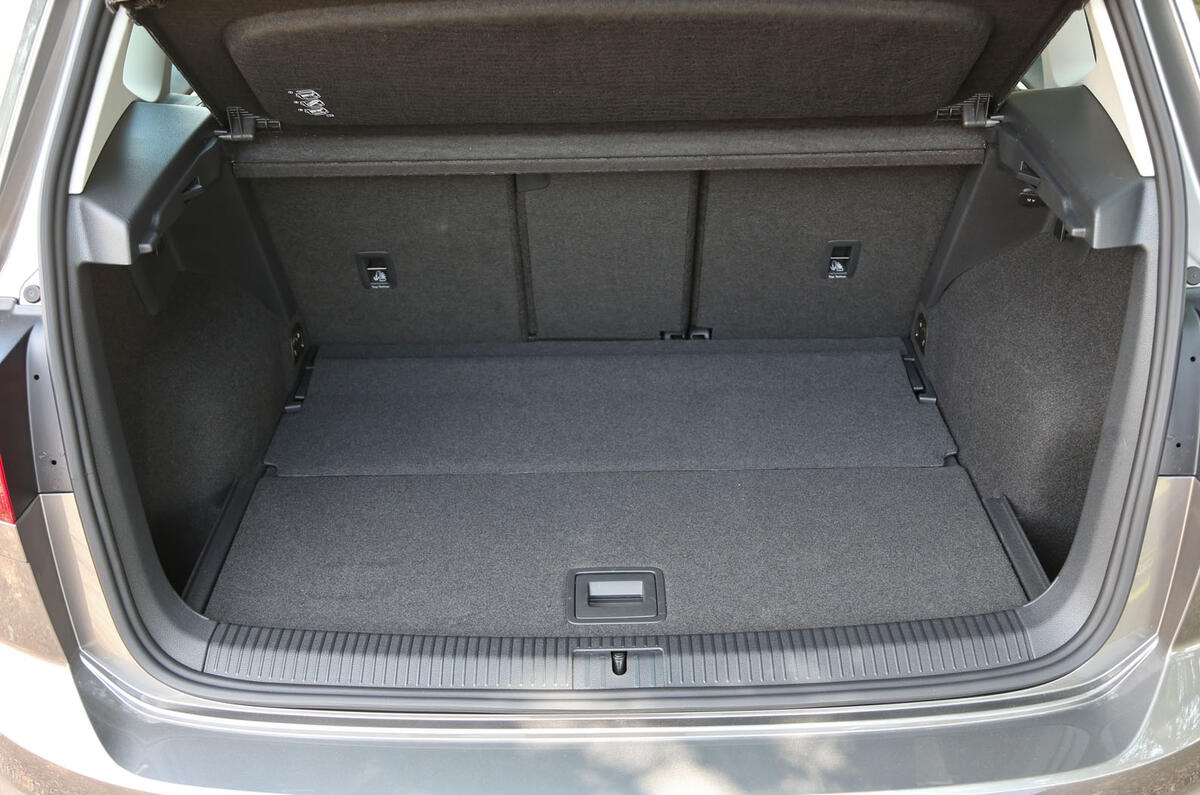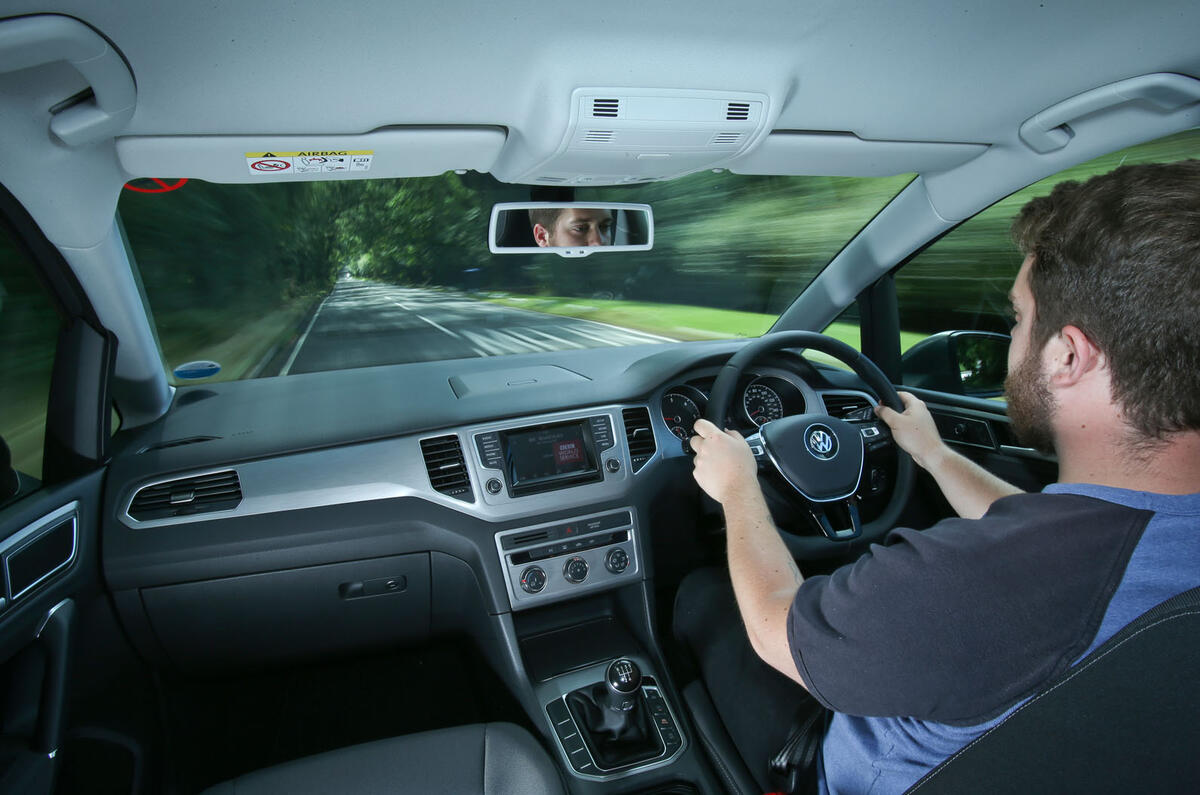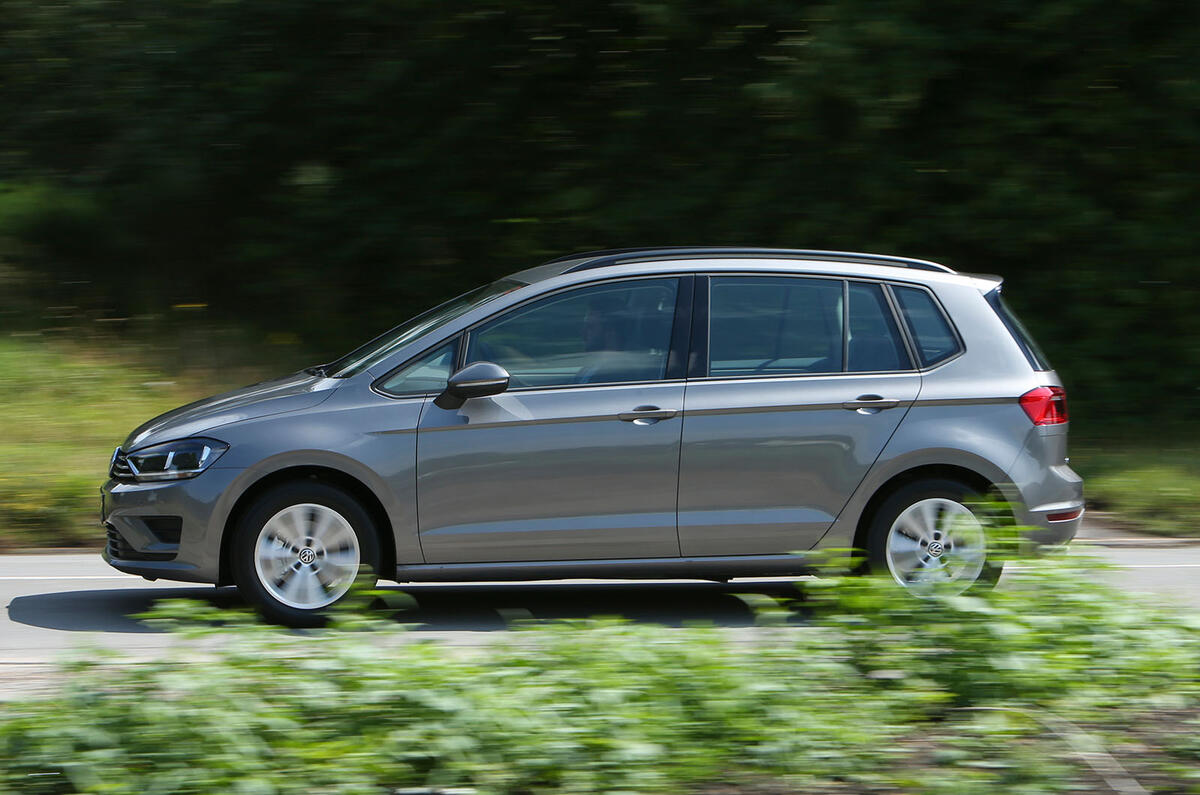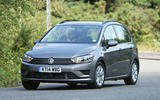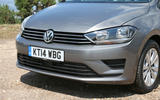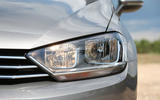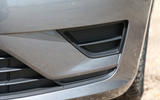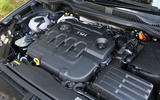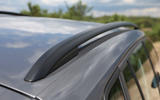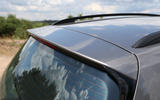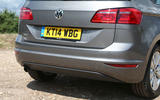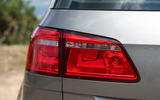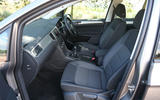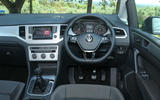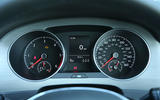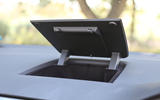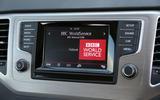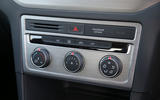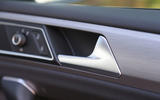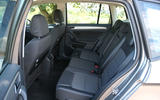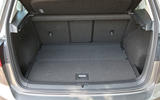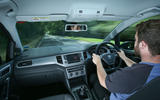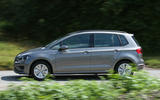Volkswagen’s first stab at a Golf MPV – the Golf Plus – was hamstrung by Golf Mk5 underpinnings that constrained its wheelbase and basic footprint.
These limitations meant the only way was up, hence the tall, awkward silhouette that was one reason why the Plus sold just 42,248 units during eight years on sale in the UK.
Taking advantage of the Mk7 Volkswagen Golf’s flexible MQB architecture, the Golf SV (known as ‘Sportsvan’ on the continent) offers ‘proper’ MPV proportions. Size-wise, it’s similar to Ford’s fun-to-drive yet practical C-Max.
The SV’s 2685mm wheelbase is around 50mm longer than that of the £1245-cheaper Volkswagen Golf hatchback and £550-cheaper estate, but at a handy 4338mm in overall length, it’s closer to the 4255mm-long hatch than the 4562mm-long load-lugger.
The result is a shape that majors on cabin space, yet at 500-590 litres (depending on the position of the rear bench), the SV’s boot isn’t significantly smaller than the estate’s 605-litre cavity. Drop the rear seatbacks and the MPV holds a respectable 1520 litres versus the estate’s 1620.
Crucially, despite these dimensional mutations, VW has largely managed to retain the hatchback’s considered aesthetic using tricks such as a glasshouse-extending fifth side window and bonnet-lengthening creases. Glimpse the SV on the road and you could mistake it for a normal five-door Volkswagen Golf – not an error you’d have made with the Plus.


